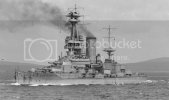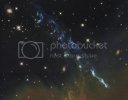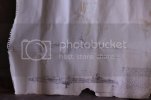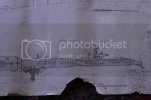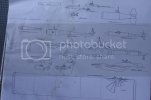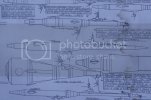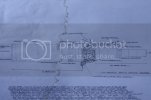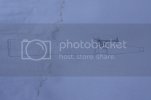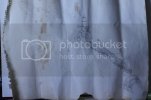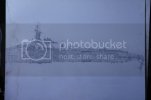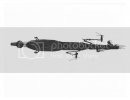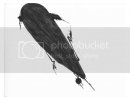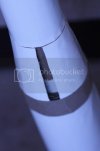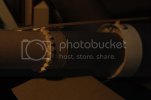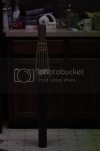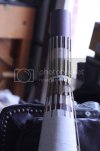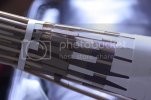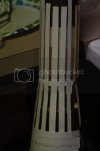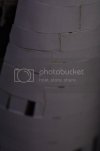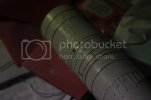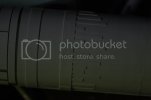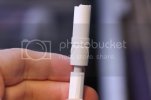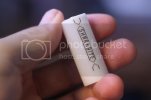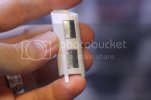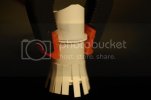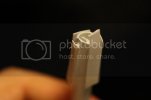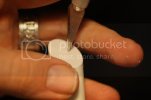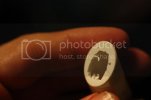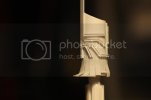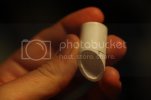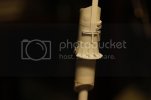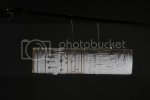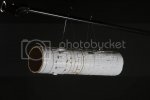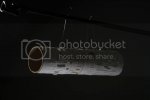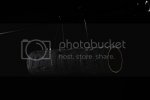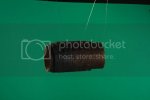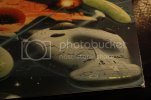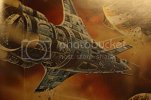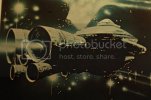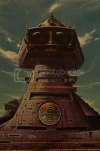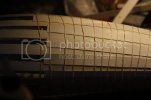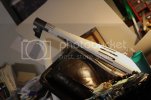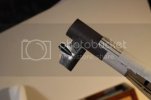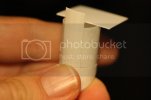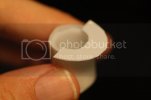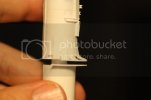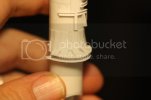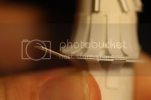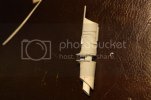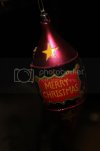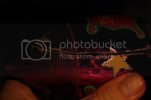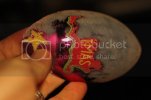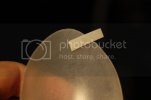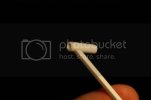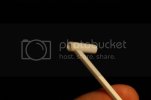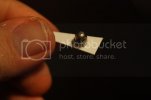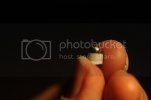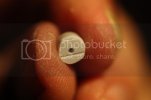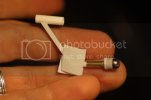Hello SMA!
I hope you all are well.
I've been a ship modeler for most of my adult life, specializing almost exclusively in 1/700th scale ships. I've been fortunate enough to join IPMS and compete regionally and nationally with my builds. I have many friends in the modeling community all over the world who share my interest in all things Naval and Maritime. You can see some of my work here:
http://www.modelshipgallery.com/gallery/users/Neal-Clarke/user-index.html
here:
http://www.modelshipgallery.com/gallery/dio/ru/still-700-nc/nc-index.html
and here:
http://www.shipmodels.info/mws_forum/viewtopic.php?f=13&t=82601&hilit=Solferino
What most people don't know is that I've nursed the ambition to write Science Fiction as well. I've even thought once or twice about modeling Science Fiction subjects over the years, but, until now, I have not attempted it. Well...
In 2012 I began working on a novel called Firadis. (fir-AH-dihs) It has since become 3 novels and as I am nearing completion of the first book in the series I've begun thinking of how I could promote the book, which is the critical factor for any new author. I eventually came up with the idea of a website featuring additional information about the world, the characters, the ideas, and (why not?) the hardware. To that end, I decided I ought to probably think seriously about doing some modeling in support of the book.
The purpose of the models I'm going to attempt on this forum will be props for photo-realistic shots of the space ships, for promotional art on the website and possibly for book cover material.
The ship in question is the Vaal Ilaan a first rate War Dredge of the Urodamic Armada commanded by Faragn Elegren (far-AHN el-EH-gren) on Day One of the Interstellar Year 6119...
Perfect gobbldy-gook without a story, of course. : But the story is in the works and will be out very soon. In the mean time, it begs the question, what the (insert expletive) is a 'war dredge?'
But the story is in the works and will be out very soon. In the mean time, it begs the question, what the (insert expletive) is a 'war dredge?'
;D
I hope you all are well.
I've been a ship modeler for most of my adult life, specializing almost exclusively in 1/700th scale ships. I've been fortunate enough to join IPMS and compete regionally and nationally with my builds. I have many friends in the modeling community all over the world who share my interest in all things Naval and Maritime. You can see some of my work here:
http://www.modelshipgallery.com/gallery/users/Neal-Clarke/user-index.html
here:
http://www.modelshipgallery.com/gallery/dio/ru/still-700-nc/nc-index.html
and here:
http://www.shipmodels.info/mws_forum/viewtopic.php?f=13&t=82601&hilit=Solferino
What most people don't know is that I've nursed the ambition to write Science Fiction as well. I've even thought once or twice about modeling Science Fiction subjects over the years, but, until now, I have not attempted it. Well...
In 2012 I began working on a novel called Firadis. (fir-AH-dihs) It has since become 3 novels and as I am nearing completion of the first book in the series I've begun thinking of how I could promote the book, which is the critical factor for any new author. I eventually came up with the idea of a website featuring additional information about the world, the characters, the ideas, and (why not?) the hardware. To that end, I decided I ought to probably think seriously about doing some modeling in support of the book.
The purpose of the models I'm going to attempt on this forum will be props for photo-realistic shots of the space ships, for promotional art on the website and possibly for book cover material.
The ship in question is the Vaal Ilaan a first rate War Dredge of the Urodamic Armada commanded by Faragn Elegren (far-AHN el-EH-gren) on Day One of the Interstellar Year 6119...
Perfect gobbldy-gook without a story, of course. :
;D

